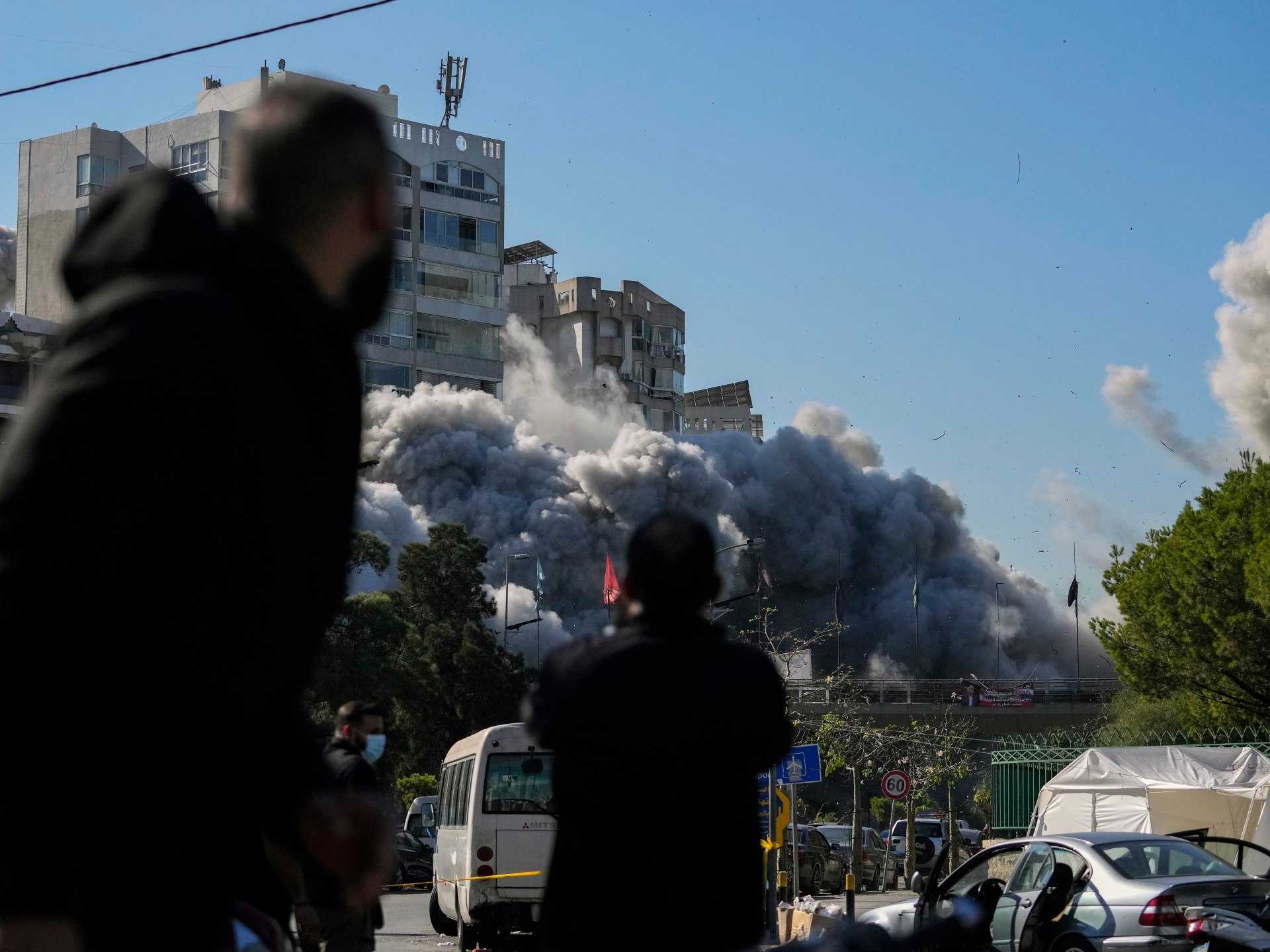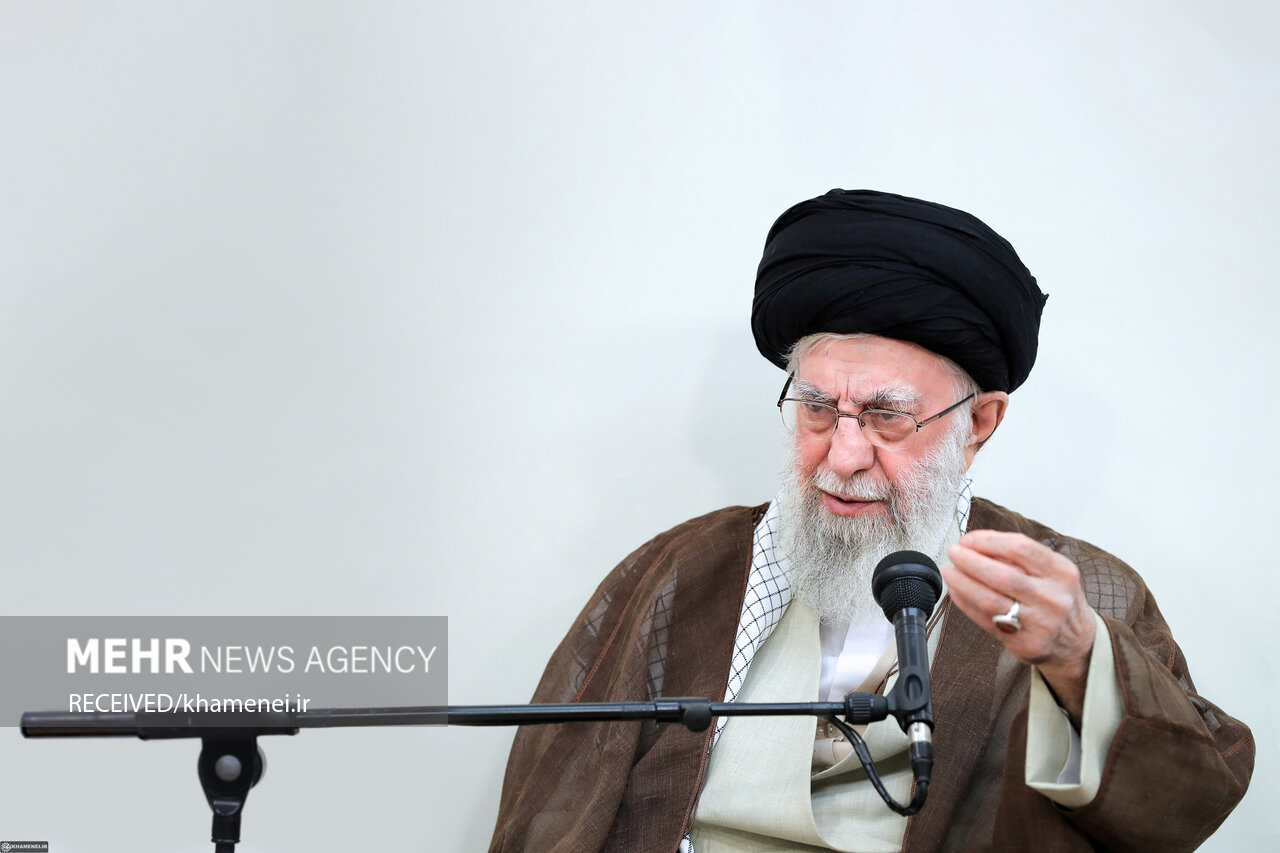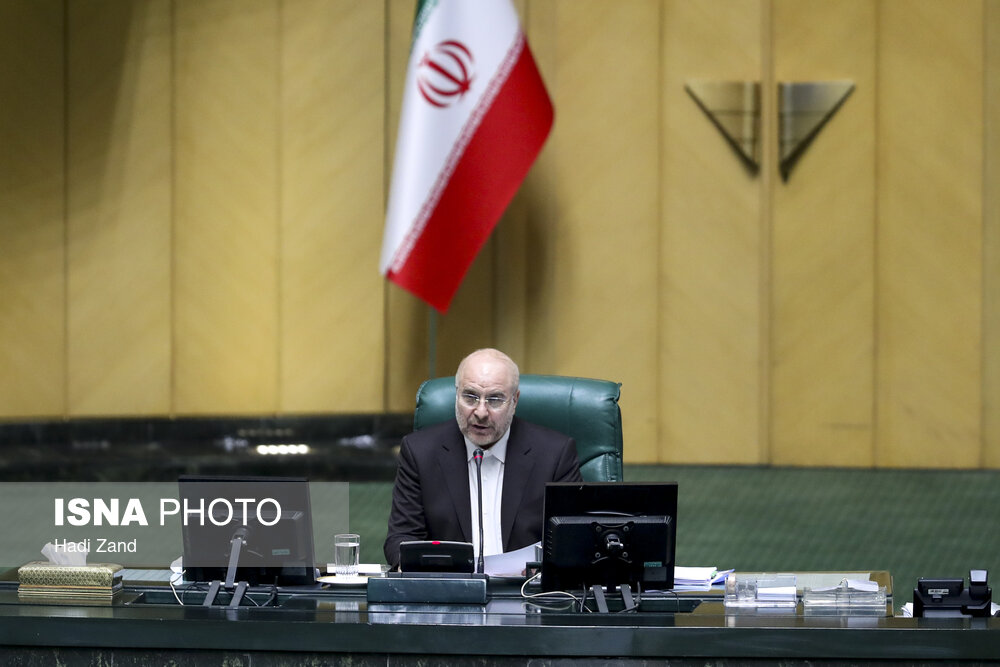ARTICLE AD BOX

During a media briefing with Israeli reporters earlier this month, a senior Israeli military officer appeared to offer a glimpse of clarity to Israel’s ultimate intentions in Gaza. Brig. Gen. Itzik Cohen confided that Israeli forces were nearing the complete removal of Palestinian civilians from the north of Gaza, where the more than year-long war against Hamas militants has lately intensified. The officer reportedly told the journalists that no further humanitarian aid would be allowed to regularly enter the north of the Strip, as there would be “no more civilians left.” Those displaced, the officer added, would not be permitted to return to their homes.
[time-brightcove not-tgx=”true”]The remarks seemed to confirm what Palestinians have feared, and extremist members of Israel’s ruling coalition have urged—that Israel is preparing for an open-ended military presence in Gaza and, with it, the potential return of Israeli settlements to the enclave. But the comments were soon walked back by an Israel Defense Force (IDF) spokesperson, who insisted the officer was talking only about operations in one city of the north, Jabalia, and added that the implication of the remarks did not “reflect the IDF’s objectives and values.”
Is there an endgame? Insofar as Israeli Prime Minister Benjamin Netanyahu has articulated a plan for Gaza, it’s to rid the territory of Hamas and other Palestinian militants responsible for the deadly Oct. 7 attack on Israel, in which 1,200 people were killed, and to return the estimated 100 hostages and remains of hostages still in the Strip. But Yoav Gallant, whom Netanyahu dismissed as defense minister last week citing a “crisis of trust,” reportedly told the families of the hostages that there was no longer any military justification for Israel to remain in Gaza, and that the government was prolonging the war “out of a desire to stay here.” Netanyahu has subsequently been accused of sabotaging efforts to achieve a hostage deal—an allegation he denies.
Analysts and former Israeli national security officials tell TIME that the reality on the ground points to a prolonged Israeli military presence. The IDF has built bases and infrastructure, bisecting the Strip between north and south with the four-mile long Netzarim Corridor, a cordon santaire named for one of the Jewish settlements Israel abandoned in 2005, when it withdrew settlers and military forces from the Strip, ostensibly permanently. The build-up might be justified by the need to complete the destruction of Hamas, though experts say that work appears largely done.

“We’re really at a point where Hamas is severely degraded and can’t really do that much militarily,” says Brian Carter, the Middle East portfolio manager at the American Enterprise Institute’s Critical Threats Project. He adds that Israel, if it met Netanyahu’s goal of maintaining a presence in the so-called Philadelphi corridor that separates Gaza and neighboring Egypt, would have “soldiers in the Gaza Strip just containing Hamas in posterity.”
But the 2005 withdrawal was viewed as a betrayal by Israel’s settler movement, which is a key component of Netanyahu’s fragile ruling coalitio The prospect of a long-term Israeli military presence in Gaza has been cheered by far-right factions of his government, several of whom have openly called for Israelis to resettle the Strip. While Netanyahu hasn’t explicitly echoed those calls, neither has he dismissed them, nor distanced himself from their champions. The prime minister, who is himself pro-settler, recently refused to fire his national security minister Itamar Ben-Gvir, one of the biggest proponents of Gaza resettlement, amid concerns that the far-right minister may have broken Israeli law. Netanyahu has also named a hardline settler activist, Yechiel Leiter, to be the next Israeli ambassador to the U.S., in what observers say is a clear signal of his intent to advance the policies of the settler movement. (That appointment has been complemented by the incoming Trump administration, which this week announced that former Arkansas Governor Mike Huckabee has been tipped to be the next U.S. ambassador to Israel. Like Leiter, Huckabee is a longtime ally of the Israeli settler movement and has voiced support for Israeli annexation of the occupied West Bank.)
“We’re seeing Netanyahu embracing Kahanism and the Kahanists more and more every day, both in terms of nominations and appointments and so on,” says Eran Etzion, the former deputy head of Israel’s National Security Council, referencing the extremist movement of the late American-Israeli militant Meir Kahane, of which Ben-Gvir and other far-right Israeli politicians are supporters. Etzion, who last month called on Israeli soldiers to refuse any orders that could amount to war crimes in northern Gaza, said that the situation on the ground there paints a clear picture.
“It is a considerable stretch of land which was heavily populated and has now been emptied and leveled to a large extent,” he says, of an area that includes Gaza City. “And while [the government] will not admit it officially, it’s very hard to escape the conclusion that it is literally and figuratively and strategically paving the way for annexation and resettlement.”

Uncertainty over Israel’s intentions may be costing lives. The Israeli military has urged remaining Palestinian civilians in northern Gaza to flee to the south via designated crossing points in the Netzarim Corridor, or else be regarded as an enemy combatant. While some have heeded that command, others have not, including vulnerable groups—and those who fear never being allowed back.
“People understand that it’s a one way ticket—that if they cross to the south, they will never return again,” says Muhammad Shehada, a native Gazan and chief of communications at Euro-Mediterranean Human Rights Monitor. He says that hundreds of thousands of Palestinian civilians are thought to remain in the northern half of the Strip, and run the greatest risk of famine as Israel continues to restrict aid to the area.
That restriction on aid has widely been attributed to the so-called “Generals’ Plan,” a proposal put forward by former Israeli military officials that entails laying siege to areas of Gaza in a bid to flush out the Hamas militants who remain there. Experts warn that doing so, absent efforts to protect the civilian population, may violate international law. The Israeli military denies that it’s implementing this plan, however, as does Giora Eiland, the retired major general who is regarded as its chief architect. As Eiland sees it, Israel’s strategy in Gaza “does not exist.” He faults both the IDF for failing to enforce a full siege on northern Gaza when it had the chance, and “American stupid pressure” on Israel to allow fuel and aid into the Strip, which he says benefits Hamas.
Eiland, who is not allied with the settler movement, also doubts that the Israeli government intends to remain in Gaza long-term; he attributes the build-up of infrastructure to the changing needs of the IDF as it braces for winter. His concern is the hostages, whose release Hamas will be inclined to negotiate if Israel holds territory, he reasons.
“One side conquers land from the other side in order to create pressure on the other side to agree to certain conditions,” Eiland says. “That’s the way wars are carried out. So, of course we will not withdraw from this area until there is a political settlement.”
Netanyahu made a similar argument in an Aug. 4 interview with TIME: “The more military pressure we apply, the more we get closer to achieving both goals. One, releasing hostages… and secondly, it advances our goal to destroy Hamas’ military capabilities and make sure that it doesn’t run Gaza.”
.png)
 1 week ago
1
1 week ago
1








 English (US)
English (US)